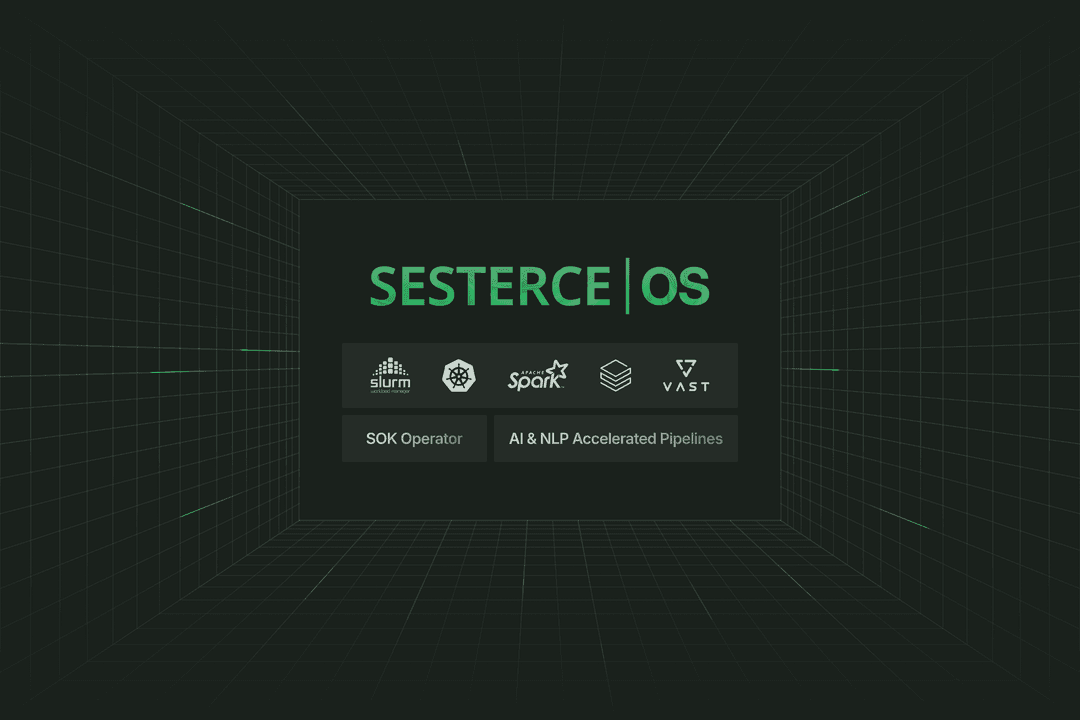The future of AI computing: exploring Chiplet technology in supercomputers
Chiplet technology - a promising solution that is redefining the landscape of AI supercomputers.

As artificial intelligence continues to evolve, the computational demands for powering advanced applications like generative language models have skyrocketed. Traditional monolithic processors are being pushed to their limits, necessitating a shift towards more scalable and efficient architectures. Enter Chiplet technology - a promising solution that is redefining the landscape of AI supercomputers.test
Unpacking Chiplet Technology: A Game Changer for AI Supercomputers
Chiplet technology breaks down a conventional monolithic processor into smaller, specialized components known as chiplets. These components are then interconnected to form a cohesive system. This architecture not only allows each chiplet to be tailored for specific tasks but also enhances performance and efficiency significantly.
Comparing them to LEGO pieces highlights the customizable and modular nature of chiplets. Unlike traditional processors that are designed as a single, unalterable unit, chiplets can be mixed, matched, and replaced, offering unmatched flexibility and upgradability.
In the context of AI, chiplet technology facilitates the building of supercomputers that can handle the immense processing requirements of large generative language models. These models, which underpin applications such as chatbots, automated content generation, and more, require vast amounts of data processing and computational power. Chiplets enable this by allowing a customizable configuration of memory, processing power, and other necessary resources, thereby enhancing overall system performance.
The Core Advantages: Why Chiplet-Based Supercomputers Are Leading the Way
The modular nature of chiplets brings several advantages. Firstly, they offer unprecedented scalability; additional chiplets can be integrated as needed to meet increasing demands. This scalability ensures that AI supercomputers can evolve alongside advancements in AI without the need for complete system overhauls. Secondly, chiplets are cost-effective as they allow for the use of defect-free chiplets only, reducing waste. Lastly, chiplets contribute to green computing initiatives by optimizing energy consumption—critical as the tech industry moves towards sustainability.
Challenges in Adopting Chiplet Technology
As manufacturers integrate this advanced technology, they encounter several technical challenges. These include lowering the costs of production, boosting the reliability of each chiplet, and ensuring that each chiplet meets performance standards. Additionally, there's an urgent need to develop uniform standards for chip design and packaging to facilitate compatibility and interoperability across various manufacturers. This standardization is vital as it complicates the accountability—raising questions like what occurs if a chiplet from a third-party supplier causes the entire processor to fail?
The Future of AI Developments : The Role of Chiplets
The adoption of chiplet technology in AI is expected to accelerate, driven by the continuous need for more powerful and efficient computing solutions. Future developments may include even more specialized chiplets tailored to different aspects of AI processing, further enhancing the capabilities of AI systems. As this technology matures, it could significantly influence the future landscape of computing, leading to more personalized and responsive AI applications.
The integration of chiplet technology into AI supercomputers represents a pivotal shift in how we meet the computational demands of advanced AI applications. As we continue to explore the vast potential of AI, innovations like chiplets will play a crucial role in ensuring that our technological infrastructure keeps pace. The future of AI is not just in software advancements but equally in the evolution of the hardware that powers it.
Explore our Latest Posts
What Companies
Build with Sesterce.
Leading AI companies rely on Sesterce's infrastructure to power their most demanding workloads. Our high-performance platform enables organizations to deploy AI at scale, from breakthrough drug discovery to real-time fraud detection.
Health
Accelerate drugs recovery
Finance
Improve risk analysis and fraud detection
Consulting
Analyze market trends and provide strategic insights.
Logistic & Transports
Predict freight flow analysis, route optimization and fleet maintenance
Energy and Telecoms
Optimize performance, improve coverage and reduce downtime
Media & Entertainment
Personalize your content by analyzing consumer preferences.
Supercharge your ML workflow now.
Sesterce powers the world's best AI companies, from bare metal infrastructures to lightning fast inference.




